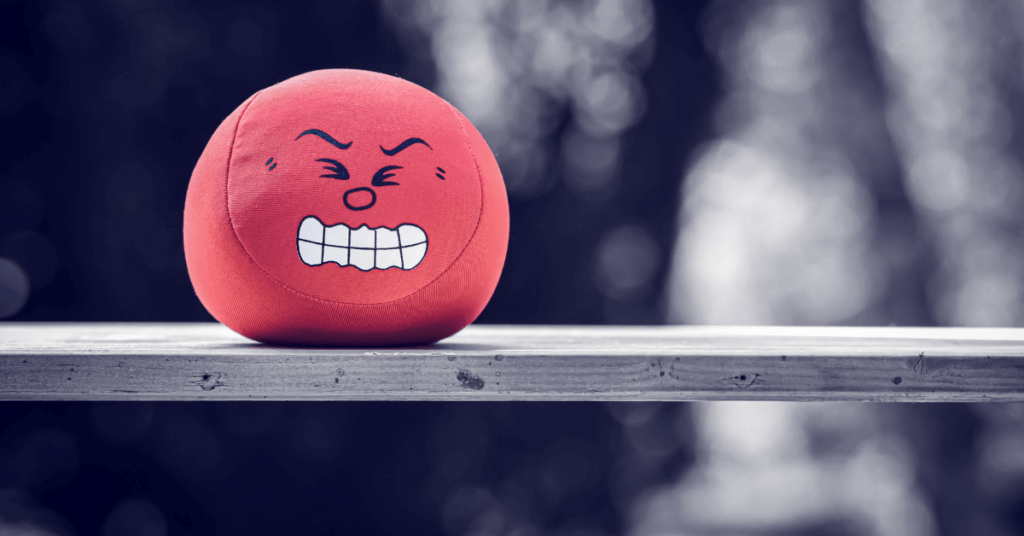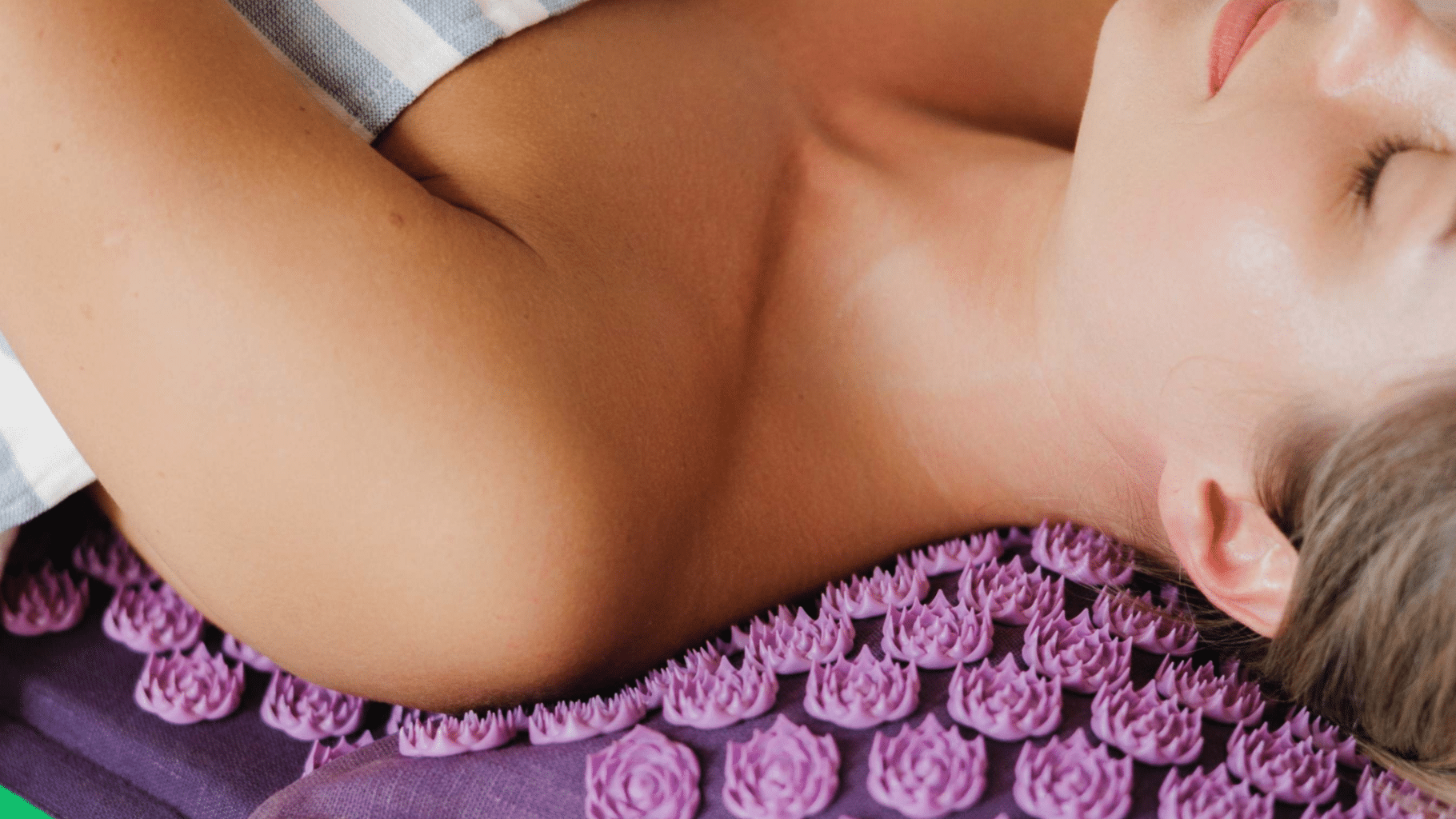In today’s world, stress balls serve as a simple yet effective tool for managing daily stress and tension. These small, squeezable items come in various materials, each designed to offer relief and therapeutic benefits. This guide provides insight into choosing the right stress ball for personal needs.
What types and benefits do stress balls offer?
Stress balls come in various types, including foam, gel, and sand-filled, each offering a unique squeezing experience. They help relieve stress and tension, improve focus and concentration, and enhance hand strength and agility, making them beneficial for mental relaxation and physical therapy.
Essential Insights on Stress Balls for Stress Relief
- Diverse materials cater to different preferences: PU foam for softness, gel for squishiness, and memory gel for a unique, slow-motion experience.
- Customization options abound, allowing for personalization with colors, textures, and personal or corporate logos.
- Benefits extend beyond stress relief, including improved focus, hand strength, and prevention of muscle tension.
- Consider the environment of use to select the ideal type. Quiet office spaces may benefit from softer, less distracting stress balls.
- Pricing varies widely, making stress balls accessible to all budgets. Cost often correlates with material quality and customization level.
- Engaging with stress balls can serve as a physical therapy tool to manage symptoms of arthritis or repetitive strain injuries.
- Sensory fidget toys offer an alternative or complement to traditional stress balls, catering to a broader range of sensory needs.
Types of Stress Balls: A Detailed Overview
Imagine walking into a room filled with all shapes and sizes of stress balls. Some are squishy, some are firm, and all are vying for your attention. At the heart of this variety are the materials: PU foam, known for its softness and ability to return to its original shape; gel, offering a satisfying squeeze; and memory gel, which slowly reforms, allowing you to watch your stress reshape itself literally.
Each has its charm, whether it’s the classic foam ball that pops back after every squeeze or the mesmerizing slow rise of a memory gel ball. PU foam balls are your go-to for a traditional stress relief experience, offering a simple yet effective way to knead away stress. Gel balls, on the other hand, are a bit like the ocean—cool and sometimes filled with interesting textures or materials like beads.
| Material | Texture | Resistance Level | Primary Benefit |
|---|---|---|---|
| PU Foam | Soft | Low | Stress relief, easy to squeeze |
| Gel | Squishy | Medium | Sensory satisfaction, medium resistance |
| Memory Gel | Slow Resilience | Variable | Mindfulness, slow stress release |
| Rubber | Firm | High | Hand strength, highest resistance |
Memory gel balls, the novel cousins in the family, provide a unique tactile experience. They slowly return to their original form, almost reminding you that stress, too, can dissipate over time.
Benefits of Using Stress Balls for Mind and Body
Using a stress ball isn’t just about giving your hand something to do; it’s a full-on assault against stress cloaked in simplicity. Squeezing a stress ball can initiate a cascade of benefits, starting with the most apparent: stress relief. It’s like each squeeze sends a signal to your brain saying, “Hey, let’s take it down a notch,” helping to reduce tension and anxiety.
But the benefits don’t stop there. Engaging with a stress ball can also improve focus and concentration. It’s like having a silent, squishy companion keeping you company through long meetings or study sessions, quietly boosting your ability to concentrate. Additionally, for fitness enthusiasts, regular use can strengthen the muscles in your hands and wrists, potentially ward off repetitive strain injuries.
Customizing Your Stress Ball: Adding a Personal Touch
In a world where customization is king, stress balls reign supreme. Not only can you choose one that fits perfectly in your palm, but you can also make it uniquely yours. From splashing it with your favorite color to stamping your initials or even embedding a company logo, the possibilities are as endless as they are fun.

Picture this: an office desk adorned with a stress ball that serves as a beacon of relaxation and a stamp of individuality. Or, for businesses, imagine a custom stress ball that doubles as a marketing tool, silently speaking volumes of the brand’s commitment to wellness and creativity. Ultimately, a personalized stress ball becomes more than just a tool; it becomes a statement.
Choosing the Right Stress Ball for Your Needs
Finding the perfect stress ball is akin to choosing the right partner in crime for your stress-fighting endeavors. It starts with understanding your own stress relief needs. Do you crave something squishy and soft to melt the stress away, or do you yearn for the firm resistance that fights back against your tension?
Consider the environment in which the ball will be used. Office spaces might call for a quieter, less distracting option, while at home, a more colorful and playful design could be just the ticket. Ultimately, the right stress ball should feel like an extension of your hand, ready to spring into action whenever stress dares to rear its ugly head.
Sensory Fidget Toys: Beyond Traditional Stress Balls
Let’s venture beyond traditional stress balls and into the world of sensory fidget toys. These innovative gadgets take the concept of stress relief to new heights, catering to a broader range of sensory preferences and needs. Think of them as stress balls 2.0, designed not just for squeezing but for twisting, rolling, and flipping, engaging more senses in the battle against stress.

This evolution highlights a gap that traditional stress balls can’t fill. It’s about providing options for those who find relief in motion, offering a tactile experience beyond mere squeezing. Sensory fidget toys recognize that stress relief can be as unique as the individual seeking it, providing a versatile arsenal for calm.
Personal Thoughts
Throughout my personal and professional life, filled with high-pressure situations and constant demands, finding small but effective methods to manage stress became essential. Among various approaches, stress balls offered a tangible way to divert my focus and momentarily alleviate tension.
While not a magical solution, incorporating stress balls into my daily routine provided a momentary escape and a tool for mindfulness. It’s a simple practice, yet it significantly contributed to my broader stress management strategy, supporting my goal to live a more balanced life.
Frequently Asked Questions
How do stress balls help reduce stress?
Stress balls help reduce stress by promoting relaxation through repetitive squeezing, which increases blood circulation and triggers the release of muscle tension. This physical activity also diverts attention away from stressors to the action of squeezing, acting as a form of distraction therapy. It can also help regulate breathing patterns, further aiding in relaxation.
Can using stress balls improve focus and concentration?
Yes, using stress balls can improve focus and concentration. The act of squeezing a stress ball can serve as a physical outlet for nervous energy or anxiety, which can otherwise distract from tasks at hand. This simple, repetitive motion can help clear the mind, making concentrating on work or studies easier.
What materials are stress balls made from, and which is best?
Stress balls are commonly made from foam, gel, and rubber materials. Foam stress balls are lightweight and provide a soft resistance; gel-filled balls offer a satisfying squish and a bit more resistance, while rubber stress balls tend to be firmer, offering the most resistance. The best material depends on personal preference for squeeze resistance and tactile sensation.
Are stress balls suitable for all ages, including children?
Yes, stress balls are generally suitable for all ages, including children, as long as they are made from non-toxic materials and the size of the ball is appropriate for the child’s hand. They can be especially beneficial for children with ADHD or anxiety as a tool for focus or as a calming device.




